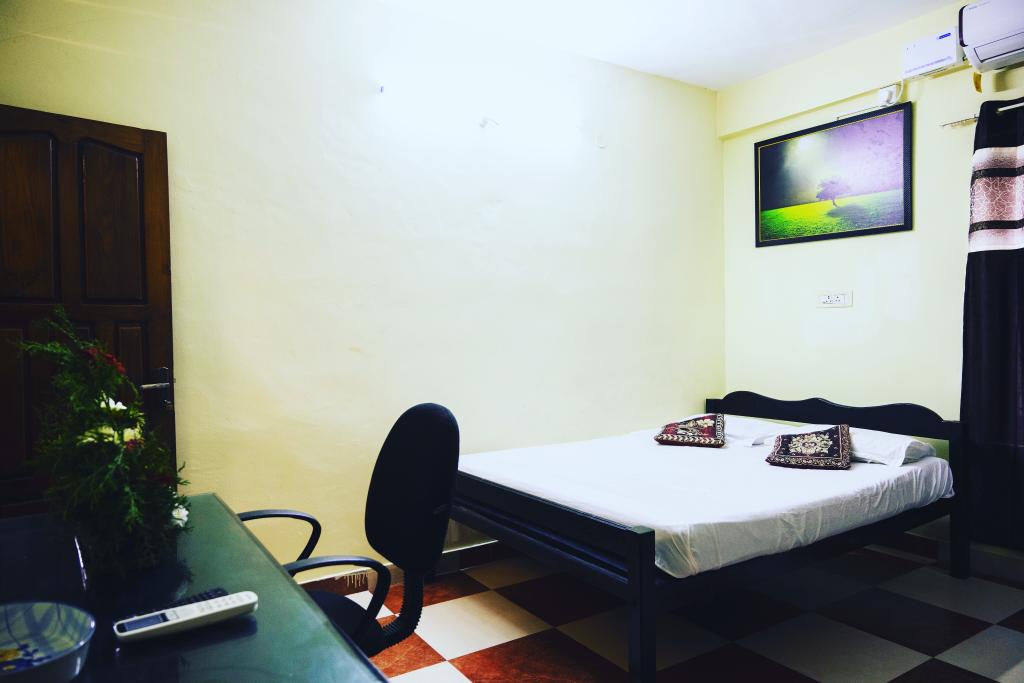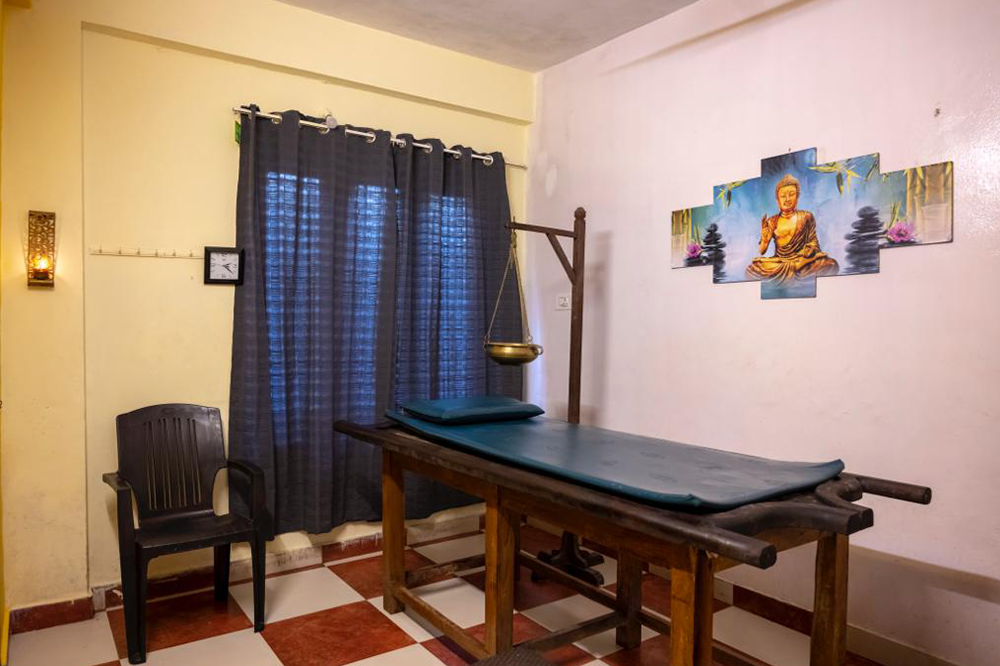Osteoarthritis is a prevalent form of arthritis that affects millions of people worldwide. It primarily targets the cartilage, the protective tissue covering the ends of bones within the joint. As the cartilage deteriorates, the bones rub against each other, causing pain, swelling, and limited mobility. While conventional treatments focus on managing symptoms, Ayurvedic treatment for osteoarthritis offers a holistic approach that aims to address the root causes of osteoarthritis and provide long-lasting relief. In this article, we will delve deeper into osteoarthritis, its causes, symptoms, and the Ayurvedic treatment options available.
Understanding Osteoarthritis:
Osteoarthritis is the most common form of arthritis and can affect any joint in the body, including the knees, hips, hands, and spine. It usually develops gradually and worsens over time. The condition primarily targets the cartilage, which acts as a cushion between the bones. As the cartilage breaks down and wears away, the bones can rub against each other, leading to pain, inflammation, and stiffness.
Causes of Osteoarthritis:
Several factors can contribute to the development of osteoarthritis:
Age:
Osteoarthritis is more common in older adults, as the natural wear and tear on the joints over time can lead to cartilage damage.
Excess weight:
Being overweight or obese puts extra stress on the joints, increasing the risk of osteoarthritis.
Genetic factors:
Certain genetic traits can make individuals more susceptible to developing osteoarthritis.
Joint injuries:
Previous joint injuries or trauma can increase the likelihood of developing osteoarthritis in those specific joints.
Joint abnormalities:
Structural abnormalities in the joints can affect the distribution of weight and increase the risk of cartilage damage.
Repetitive stress:
Repetitive movements or activities that put stress on the joints can contribute to the development of osteoarthritis.
Symptoms of Osteoarthritis:
The symptoms of osteoarthritis can vary from person to person and depend on the severity of the condition. Common symptoms include:
Joint pain:
Persistent pain in the affected joint, which may worsen with activity.
Stiffness:
Stiffness in the joint, especially after periods of inactivity or rest.
Loss of flexibility:
Decreased range of motion in the affected joint.
Cracking or crunching sounds:
A grating sensation or sound when moving the joint.
Swelling: Mild to moderate swelling around the affected joint.
Ayurvedic Treatment for Osteoarthritis:
Ayurveda, the ancient Indian system of medicine, offers a holistic approach to managing osteoarthritis. The treatment aims to balance the doshas, reduce inflammation, and provide relief from pain and stiffness. Some commonly used Ayurvedic therapies for osteoarthritis include:
External Treatments:
Abyanga:
This therapeutic oil massage helps improve circulation, reduce pain, and nourish the joints.
Elakizhi:
Herbal leaf bundle massage that alleviates inflammation and promotes healing.
Janu vasti:
A warm oil treatment specifically for the knee joints, providing relief from pain and stiffness.
Kati vasti:
Application of medicated oil on the lower back to reduce discomfort and improve flexibility.
Kati Picchu:
Local application of herbal poultices on the back to alleviate pain and promote healing.
Pizhichil:
Warm medicated oil poured over the body to provide nourishment and relaxation.
Internal Medications:
Ayurvedic practitioners may prescribe internal medications based on the individual's body constitution and specific needs. These herbal formulations aim to reduce inflammation, support joint health, and improve mobility.
Yoga and Exercise:
Yoga postures and gentle exercises can play a significant role in managing osteoarthritis. Practices like gentle stretches, joint mobilization exercises, and breathing techniques can improve joint flexibility, strengthen the surrounding muscles, and reduce pain associated with osteoarthritis. Regular physical activity, tailored to an individual's capabilities, can improve joint function and overall well-being.
Dietary Recommendations:
Ayurveda emphasizes the importance of a balanced diet for overall health, including joint health. Some dietary recommendations for managing osteoarthritis include:
- Consuming foods rich in antioxidants, such as citrus fruits, berries, and leafy greens, to reduce inflammation.
- Incorporating spices like turmeric, ginger, and cinnamon into meals, known for their anti-inflammatory properties.
- Maintaining a healthy weight to alleviate stress on the joints.
- Staying hydrated by drinking an adequate amount of water throughout the day.
Ayurveda offers a comprehensive approach to managing osteoarthritis, focusing on reducing pain, improving joint health, and enhancing overall quality of life. By combining external treatments, internal medications, yoga therapy, and a balanced diet, individuals can find relief from symptoms and support long-term joint health. It is essential to consult with a qualified Ayurvedic practitioner to determine the most suitable ayurvedic treatment for osteoarthritis tailored to your specific needs. Remember, consistency and patience are key to achieving positive outcomes in managing osteoarthritis through Ayurveda.
FAQ’s
Q1. What are the 5 symptoms of osteoarthritis?
A: Pain, stiffness, tenderness, loss of flexibility, bone spur, swelling
Q2. What is the best treatment for osteoarthritis?
A: Medications- to relieve your pain. And supportive therapies-to make every day activities easier, along with this lifestyle measures such as maintaining a healthy weight and a regular exercise.
Q3. What age does osteoarthritis start?
A: Usually starts from 40's onwards. This may be due to bodily changes that come with aging,such as weakening of muscles ,weight gain ,and the body becomes weak to heal itself effectively.
Q4. What are the foods should be avoided
- Red meat and fried foods
- Sugars
- Diary
- Refined carbohydrates
- Alcohol and tobacco
Q5. Is osteoarthritis worse in winter?
A: Cold weather doesn’t cause arthritic changes. Even though it can exacerbate aches and pains.
Frigid temperatures can increase pain and slow blood circulation can cause muscle spasms.


























